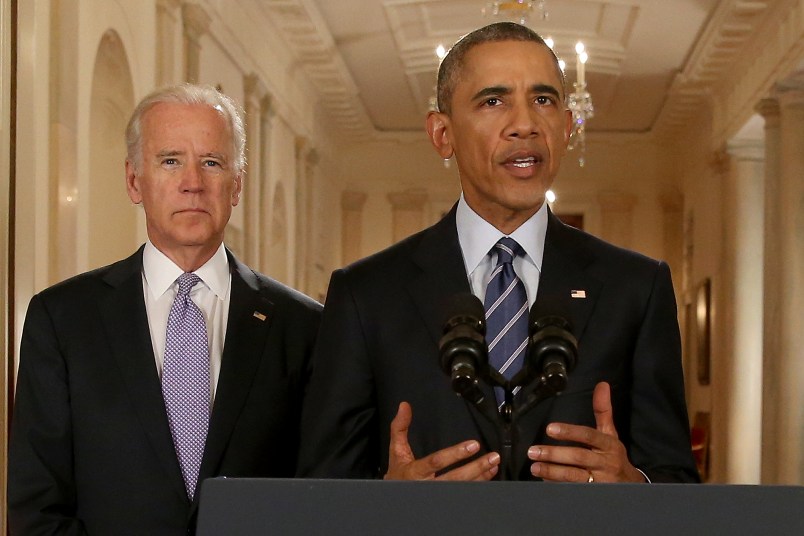From Reader AS on my post about the 24 day inspection timeline in the Iran nuclear deal …
The 24 days is probably more bogus than you said.
Nit picking about the 24 days is sort of like trying to dispute different details of climate change research. Specialists look at all of the details, and come up with an opinion. Critics, who generally don’t know what they’re talking about, find some odd research result, and try to blow it up and use it to spread doubt.They’re doing exactly the same thing here. Detecting work on nuclear weapons in a country like Iraq is a hard and complicated technical problem. Almost none of the people talking about it in the popular press (or me) understand it at all. But people who do understand it seem to have formed a consensus that the plan in the deal is serious and well designed. It is, by all accounts, the most strict inspection regime ever devised, tighter than anything ever implemented anywhere.
That’s partly because Sec. of Energy Moniz is a Nuclear Physicist from MIT, and he’s been involved in the process at a very high level. They did that so he could deal with things like this. Bush and his predecessors tended to appoint career government people. Obama went another way, and got a guy with very deep technical knowledge of these sorts of problems. This is where that pays off. Moniz knows exactly what Iran has to do in order to build a bomb, he knows what kinds of signs would give that work away, how long it would take in order to complete the work, etc. And they build an inspection regime with all of that information in mind.
I’m not trying to claim that Moniz is the world’s greatest expert on atomic weapons program detection. But he’s certainly able to recognize the people who are, the ones who aren’t, and he’s able to follow the arguments fully and comprehensively. And he had a seat at the main table when the deal was hammered out.
To put it another way, this is not a case where a specialist is taking a comprehensive view of the solution to the problem, and raising concerns. This is a case where people who are opposed to the deal are grasping around for arguments that will sound plausible to lay people. They’ve picked up on this thing, and they’re trying hard to spin it, using the same techniques that climate science deniers use.
This article made the rounds a few days back:
Notice that the deal calls for us to have a continuous 24/7 presence at all sites that are known. Also notice, as you pointed out, that 24 days is the absolute worst case scenario. And that the 24 day limit only binds us on one source of information — direct physical access. We still have things like satellite imagery. I’m sure we have people on the ground, deep spies, with radiation detectors, etc., too.
Think about what would have to happen for us to get bit by a difference between a 24 day limit, and say, a 6 day limit. First of all, the Iranians would have to build a facility without our noticing it, and start working to enrich uranium. They’d have to keep this going for a long time, without anyone finding out. Then we find out. In order for a difference between six and twenty four days to bite us, they’d have to finish the bomb after six days, but before 24 days had passed. They’d have to finish the bomb and deploy it, I guess.
(That last paragraph is just me, and I’m not any smarter than anyone else off the street, so don’t take it for more than it’s worth.)
The point is, they’re just throwing gorilla dust up into the air, and trying to make it cloudy.






